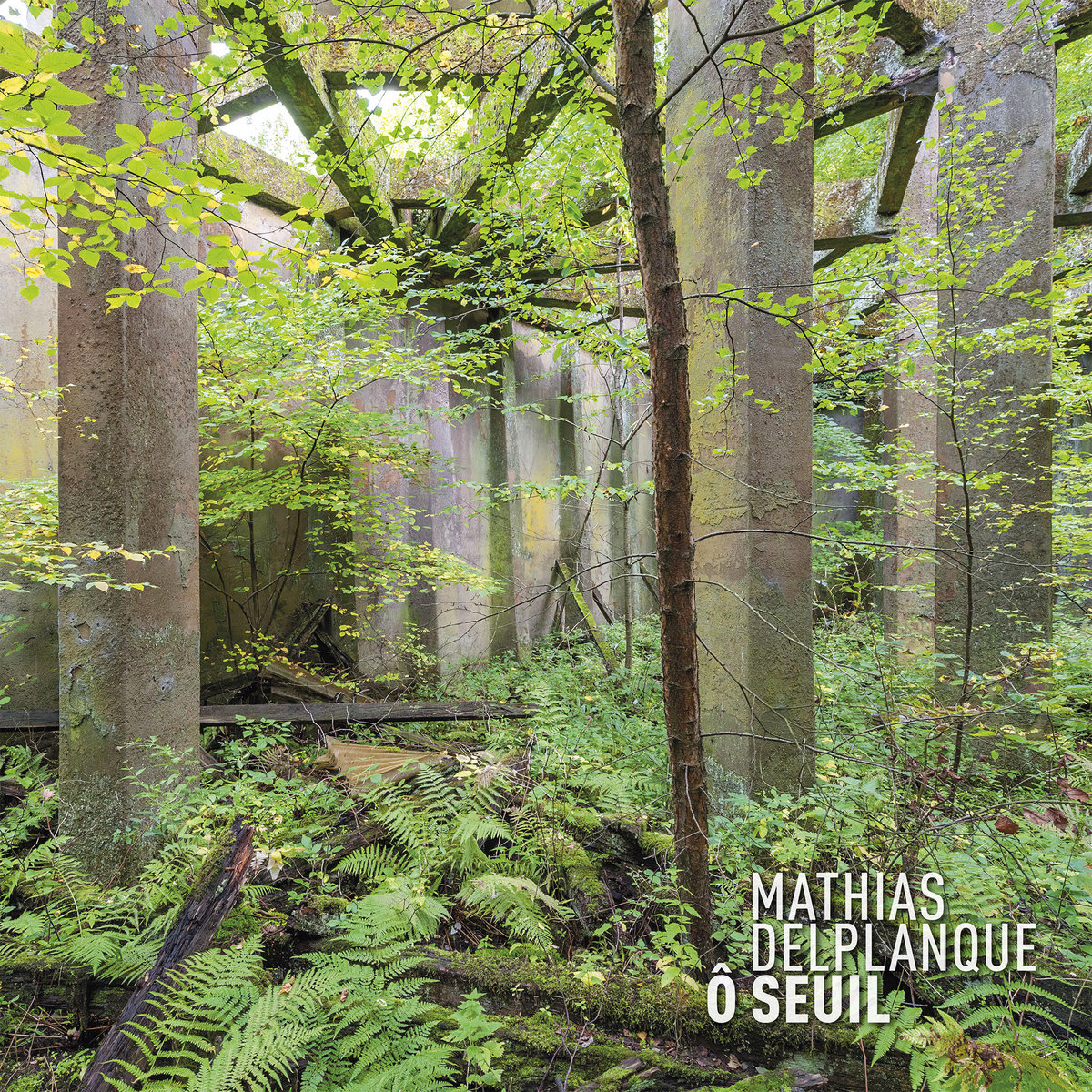Ganze sieben Jahre nach seinem vorigen Soloalbum “Drachen” und einige Wochen nach seiner Kollaboration “”L’Ombre de la Bête” erscheint in dieser Tage ein neuer – genauer der sechzehnte – Longplayer des französischen Komponisten und Klangkünstlers Mathias Delplanque. “Ô Seuil” basiert wie viele seiner sowohl im Alleingang als auch in Zusammenarbeit mit verschiedenen Virtuosen aufgenommenen Arbeiten auf der elektronischen Überarbeitung meist akustischer Klangquellen, bei denen ein großer Teil auf traditionelle Instrumente wie Hackbrett, Gitarren, Sackpfeife und diverse Perkussionsgeräte zurückgeht. Gerade letztere markieren einen Bruch mit vielen früheren Aufnahmen des Künstlers, denn sie leiten eine Rückkehr Delplanques zu rhythmischen Strukturen ein. Dabei ereignet sich so unterschiedliches wie aufgeweckte, vorderasiatisch anmutende Perkussion und doomig schleppende No Wave-Drumarbeit. Das Album erschein in den gängigen Formaten in der Mind Travels-Reihe von Ici d’ailleurs.
“The album is an exhibition of constantly changing sound paintings, alternately simple and complex, constantly oscillating between light and shadow. Mathias Delplanque continues to develop his matierist approach to sound, which he carves, hollows out, cuts and models endlessly, like a composite sculpture. But this new album differs from the previous one in many ways. First of all, it marks the return of rhythm in Mathias Delplanque’s work, through the use of a wide range of percussive instruments: dafs, gongs, cymbals, drums, metal percussion… Seuil 3 and Seuil 6 present all the aspects of a trance music, strongly inspired by various Middle Eastern musical traditions. Threshold 8 evokes some of the timbres and rhythms of Southeast Asian music. The other tracks regularly draw on the slowness and heaviness of doom metal drums. Brighter than its predecessor, «Ô Seuil» presents a new melodic character and an enriched harmonic work. The instrumentarium has been broadened: bass, guitars, hurdy-gurdy, veuze… to which analogical synthesizers respond, trying to sound like acoustic instruments. The tracks (and the album itself) carry a strong narrative charge and are similar to winding tales, whose endings always seem unpredictable. Despite the extremely meticulous production, the accidental is the best part. A profuse work, Ô Seuil does not deny its author’s taste for «symphonic» electronic music, which plays on contrasts: bluesy or raging, static or agitated, chaotic or orderly…” (Ici d’ailleurs)
